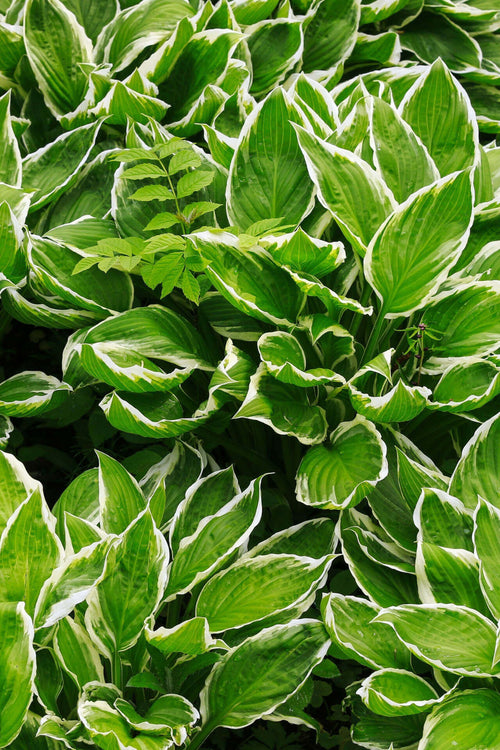Preventive Measures
Regarding pest and disease control in a perennial garden, it's essential to focus on preventive measures and integrated pest management (I.P.M.) strategies to maintain a healthy and thriving garden.
Here are some tactics you can employ:
Choose disease-resistant varieties: Start by selecting perennial plants resistant to common diseases in your area.
Proper plant spacing: Ensure adequate spacing between plants to promote good air circulation. It helps to minimize the development and spread of fungal diseases.
Healthy soil: Maintain well-drained soil with good organic matter content. Healthy soil promotes vigorous plant growth and strengthens plant defense mechanisms against diseases.
Water management: Water plants at the base, avoiding overhead watering whenever possible. Wet foliage can encourage the development of fungal diseases. Additionally, avoid overwatering, as excessive moisture can also attract pests.
Mulching: Use mulch around plants to conserve soil moisture, suppress weed growth, and prevent certain diseases from splashing onto plant foliage. Regular sanitation: Remove and discard any dead or infected plant materials promptly. It reduces the chances of diseases overwintering and recurring in the following seasons.
Practice crop rotation by changing the location of your perennials every few years
It can help break the lifecycle of certain pests and diseases that may have been established in the soil.
Beneficial insects: Encourage helpful insects in your garden, such as ladybugs, lacewings, and parasitic wasps. These insects prey on common garden pests and help maintain a natural balance.
Handpicking: Regularly inspect your plants and handpick any visible pests, such as aphids, caterpillars, or snails. Drop them into a bucket of soapy water to prevent them from returning.
Organic pesticides: Consider using organic or least-toxic pesticides as a last resort if necessary. Remember, a diverse and balanced ecosystem in your garden is vital to preventing major pest and disease outbreaks.
By following these tactics, you can minimize the risks and maintain a healthy perennial garden
Tn Nursery https://www.tnnursery.net



















































